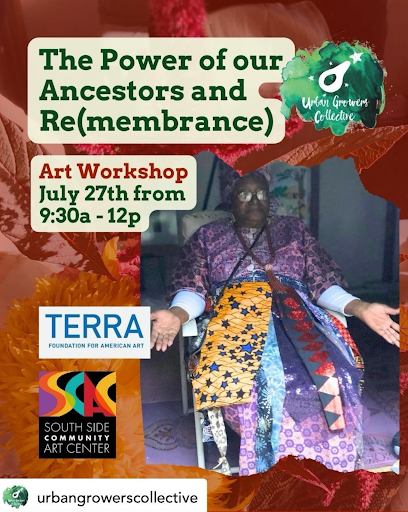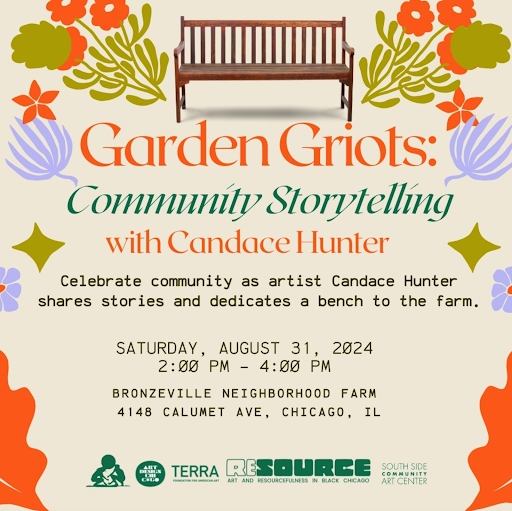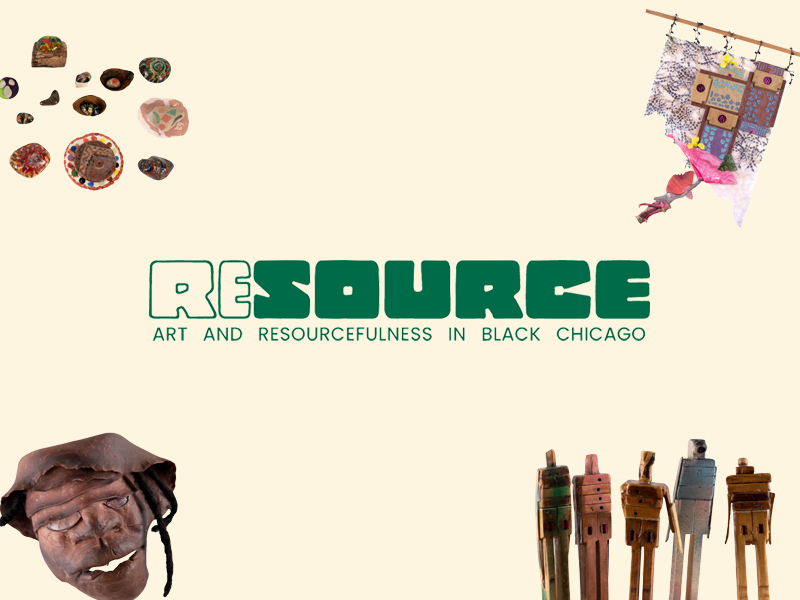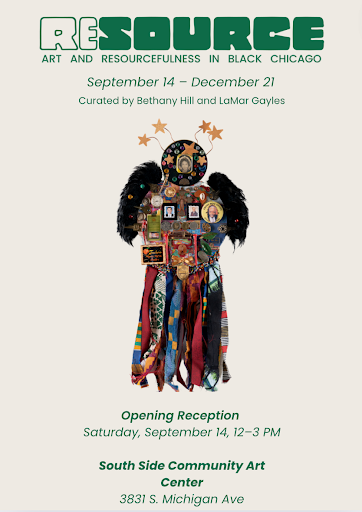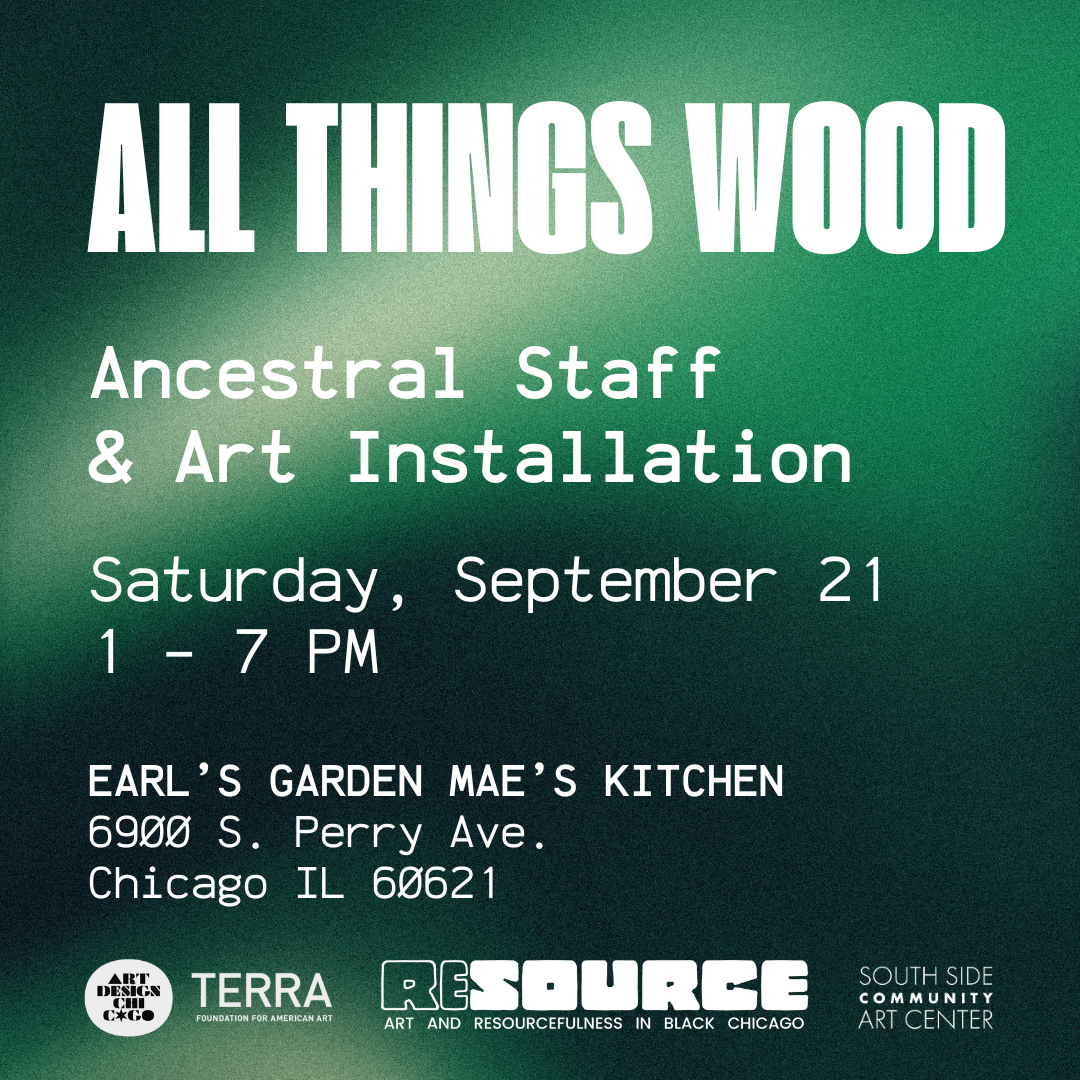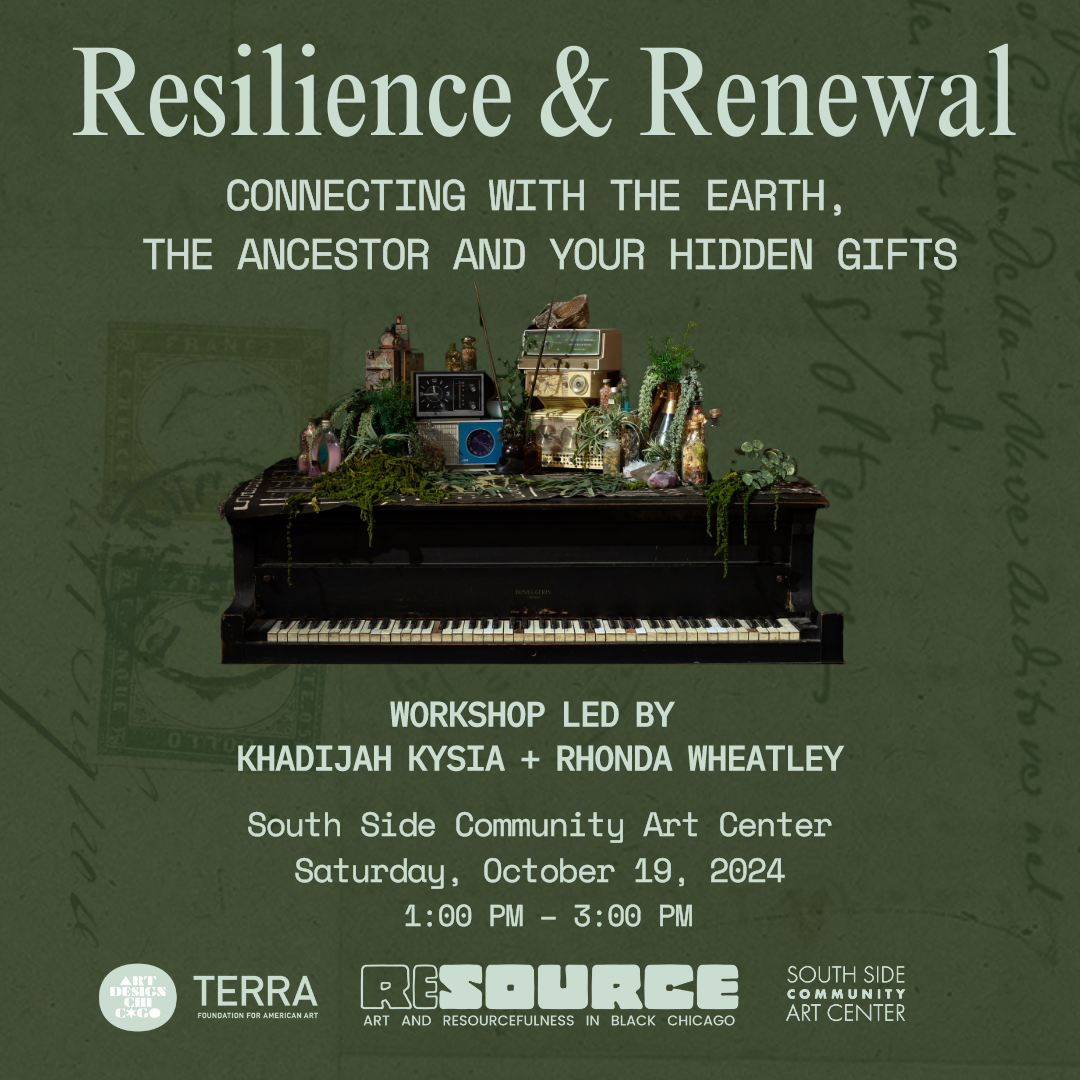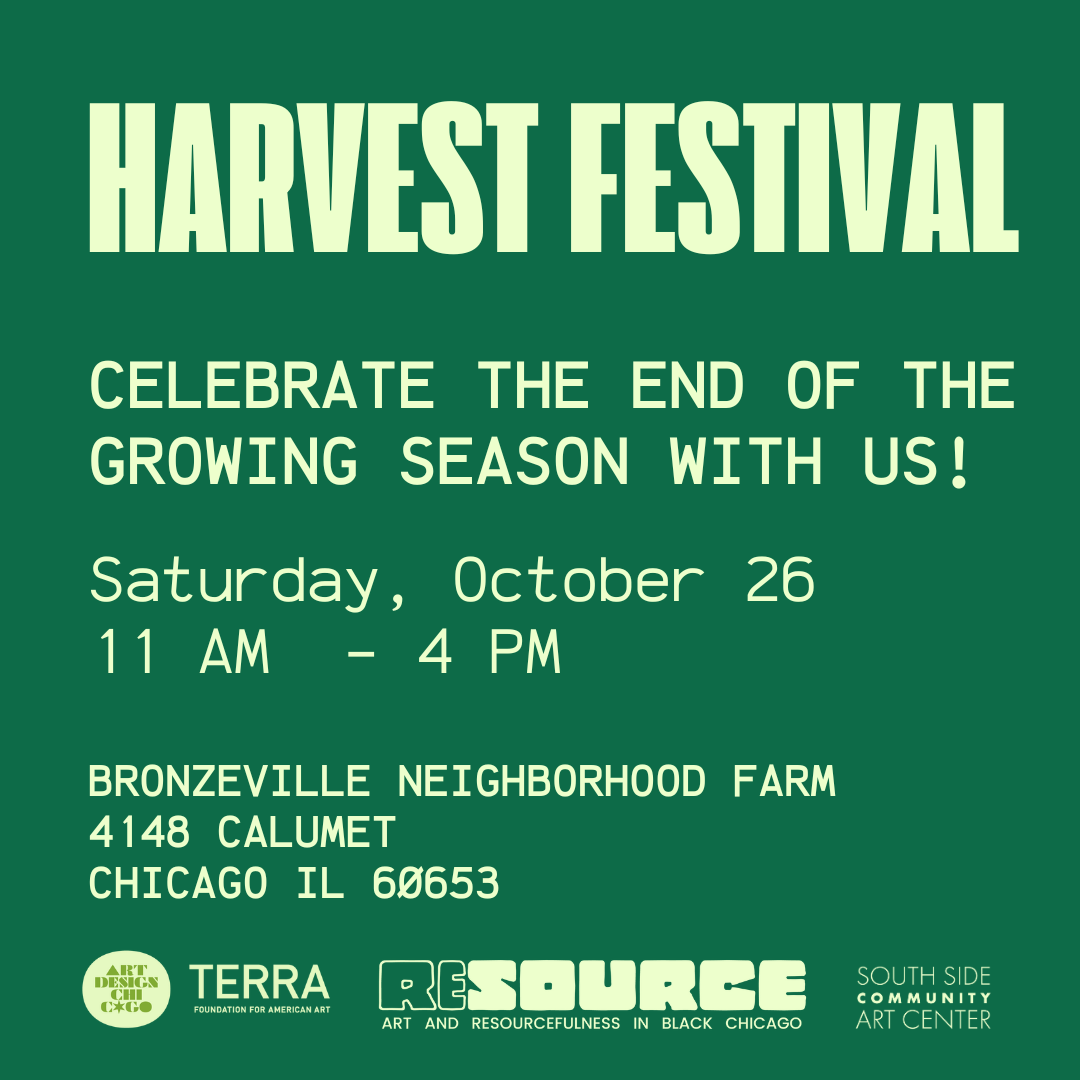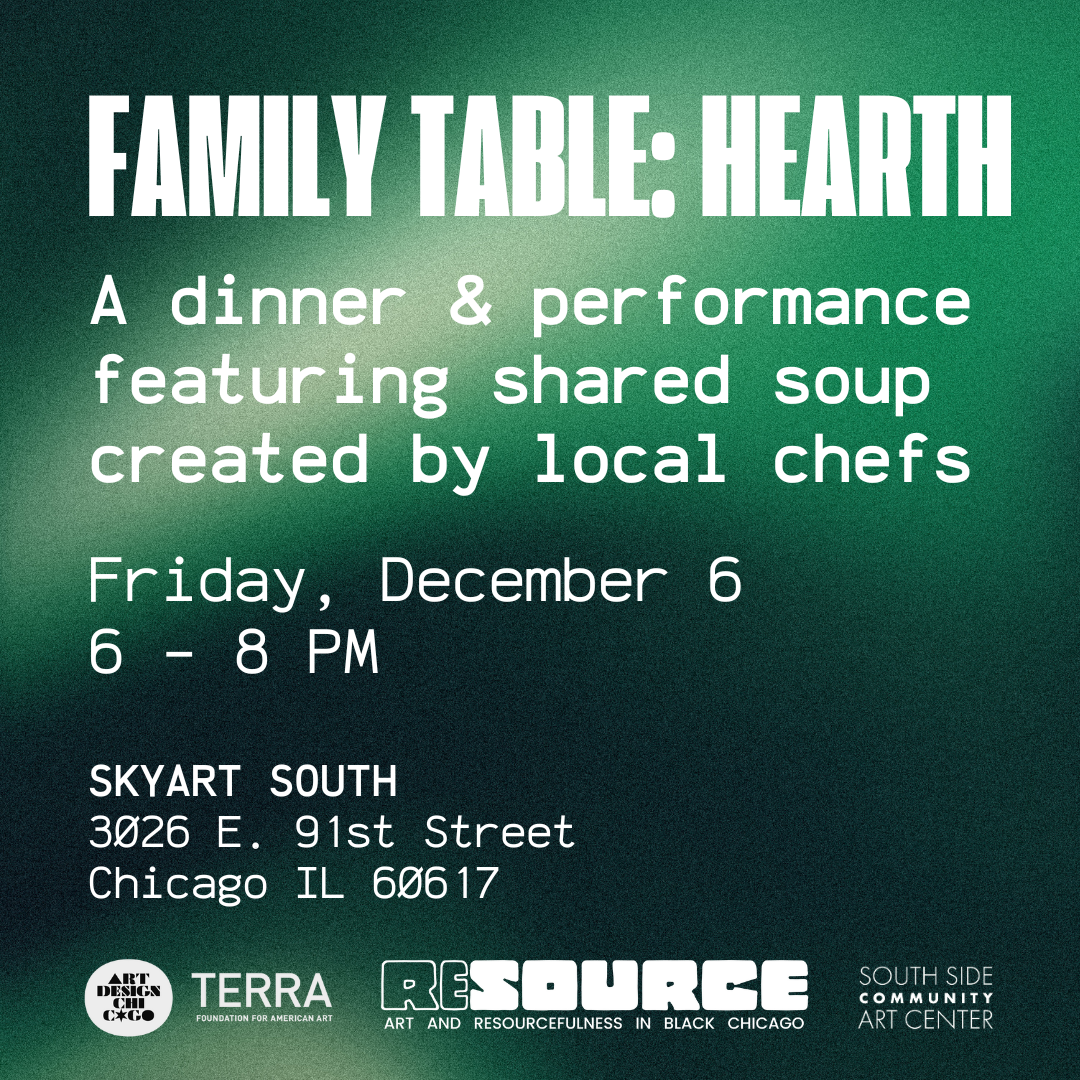
Adler and Adler
South Side Community Art Center 3831 S Michigan Ave, Chicago, IL, United StatesExhibiting Artist Eli Greene | Curated by Amber Nax The South Side Community Art Center in partnership with ICI, presents “Adler & Adler”, a poignant artistic response by Chicago-based artist Eli Greene to a selection of archival images from the Adler & Adler Studio: a Black-owned photography studio in what was once the Black Bottom […]


